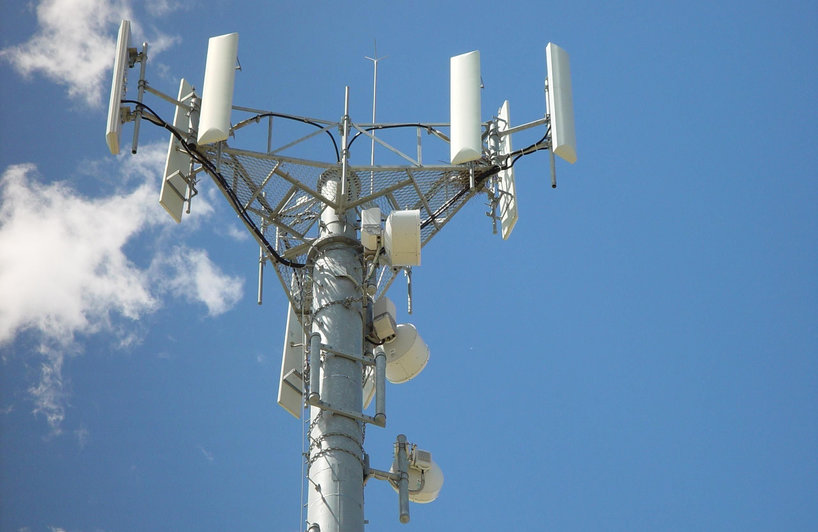The MST Reader is a series of guest posts offering overviews of interesting and timely topics that affect our world.
The MST Reader: 5G and the Future of the Internet
2019 was a big year for the rollout of 5G, the next-generation standard for broadband cellular networks. Despite what a tsunami of advertisements might imply, however, we’re still in the early stages of the transition to the new network.
5G will replace the previous generation, 4G, which was introduced in 2009. (3G was introduced in 2001; 2G was launched in 1991.)
Each new generation of the network introduces higher speeds and more capabilities. The 5G standard is meant to drastically increase speed and capacity, allowing much higher download speeds on a given device, while also allowing many more devices to connect in a given area. It operates at a higher frequency than the older networks, as well as incorporating Massive MIMO (Multiple Input Multiple Output) technology.
Exactly how fast 5G will be is sort of a moving target. As with past networks, the gap between the theoretical top speed and the speed that most users will actually get to enjoy will be significant. While 5G is capable of transmission speeds upwards of 1 Gbps, normal speeds will probably be more on the order of 200-400 Mbps — still a significant step up from 4G’s average of 30-40 Mbps.
This is clouded a little more by the different types of 5G that will exist. Millimeter wave 5G operates at 24-72 GHz, providing very high speeds, but shorter range; as of this writing, Verizon has focused their efforts on this high-speed 5G in parts of major cities and achieved download speeds higher than 1 Gbps.
5G mid-band is between 2.4 and 4.2 GHz and can manage speeds from 100-400 Mbps. In the U.S., Sprint has targeted 5G mid-band deployment.
5G low-band, being focused on by T-mobile and AT&T, will most likely provide speeds less than 100 Mbps, but to a much larger audience. As of December 2019, T-mobile was claiming to be able to reach 60% of Americans with their low-band 5G network.
Any given carrier may be able to boast a select number of millimeter wave 5G deployments and therefore claim the blazing download speeds that come with that, while the bulk of their network might be comprised of slower mid- or low-band 5G coverage that provides a fraction of the speed.
The other side of 5G is capacity. Where 4G could support ~4000 devices per square kilometer, 5G will support ~1 million devices in the same area. This will be good for individual users by eliminating network congestion, but it will also enable a vast number of other devices to access the network directly, from cars to smart home appliances to infrastructure management devices, creating a framework for the Internet of Things to flourish on.
One worry that has cropped up over recent years is about who will control the 5G network. While the Internet descended from U.S. government projects (such as Arpanet) and then subsequent iterations were built largely using technology from American companies, one of the largest manufacturers of 5G radio technology is Huawei, a Chinese company.
For those concerned about the Chinese government’s close relationships with Chinese businesses, the argument is that if Huawei technology were compromised by Chinese government interference, that could create a global network that was not truly secure — one in which the Chinese government could have special tools for monitoring global Internet traffic, including that of other governments.
If that sounds paranoid, don’t forget that there is precedent in abundance in the United States’ own signals intelligence and global surveillance initiatives such as PRISM and ECHELON. It’s not unreasonable to imagine that other technologically advanced countries might have similar interests and programs.
Further viewing:
Here’s a great explainer video about 5G:
A brief CNBC video about the U.S.-Huawei struggle:
https://www.cnbc.com/video/2018/12/17/huawei-meng-wanzhou-arrest-national-security.html
…
Join the conversation with Market Street Talent on LinkedIn, Instagram, Facebook and Twitter!
